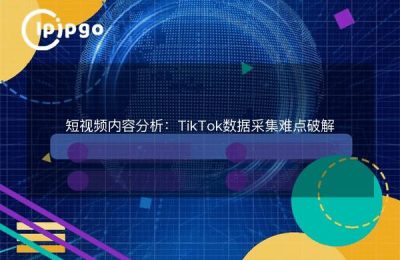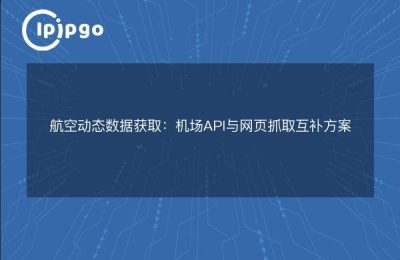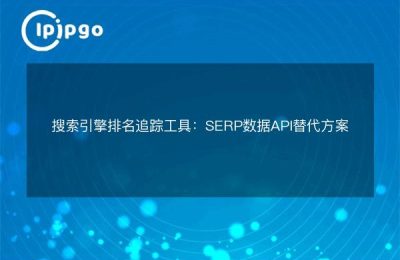
How exactly does proxy IP whitelisting work for security?
Many newcomers to proxy IP are always worried about their IP being stolen by others, this time the whitelist is your "access card". Through the ipipgo control panel's"Security Center - IP License Management, you can enter the IP addresses of the servers that are allowed access into the system. Just like the neighborhood access control only recognizes the owner's license plate, your proxy channel will only respond to requests from IPs in the whitelist.
Hands-on three-step whitelisting setup
Remember this foolproof formula when operating in the ipipgo backend:Locate business scenarios → Select authentication method → Set access rulesThe combination of "IP segment + port binding" is particularly recommended here. The combination of "IP segment + port binding" is especially recommended here:
| Business Type | Recommended Configurations |
|---|---|
| data acquisition | /24 network segment + port 80/443 |
| API interface | Single IP + customized port |
| Multi-Team Collaboration | Separate whitelist for sub-account configuration |
Take the most common crawler project as an example, in the "Access Authorization" page of ipipgo, first check the box ofResidential Dynamic IP PoolThen enter your server's public IP in the Authorized IP field (if you don't know it, you can use the "whatismyip" website to check it), and finally generate an exclusive authorization key. The whole process is like giving your IP a unique ID card, other unauthorized devices simply can not enter.
Permission management is more important than you think
Many users think all is well after configuring the whitelist, but this is actually the beginning. In ipipgo's permission management system, it is recommended to turn on theDual authentication mechanism::
- Basic verification: IP address + timestamp signature
- Dynamic authentication: access tokens that change every hour
The advantage of this is that even if the IP address is accidentally leaked, the attacker can't get the real-time token. Just like a lost bank card, a thief can't withdraw money without a password. ipipgo supports automatic rotation of IP resources in more than 240 countries, and with this authentication system, the security factor is directly pulled full.
Frequently Asked Questions First Aid Guide
Q: Does configuring whitelisting affect connection speed?
A: Genuine ipipgo's whitelist verification is done at the gateway layer, and the measured latency increase is no more than 5ms. instead, because of filtering illegal requests, the effective bandwidth is boosted by more than 20%.
Q: What if I have more than one server IP to authorize?
A: In ipipgo console you can import IP list in bulk, support CIDR format input. For example, enter "192.168.1.0/24″ to authorize 254 IP addresses at once.
Q: How to bind whitelist for dynamic residential IP?
A: We recommend using ipipgo'sDomain Binding Function, resolves the dynamic IP to a fixed domain name. Even if the IP changes, as long as the domain name remains the same you can continue to access it.
Which program does your business really need?
According to our experience of serving 100,000+ enterprises, the security problems of 90% are all due to improper configuration of privileges. ipipgo's intelligent wind control system will automatically detect abnormal access, and when it finds that a certain IP has initiated 100,000 requests within 5 minutes, it will immediately trigger theThree-tier protection mechanism::
- Automatic speed limit to 100 cycles/minute
- Send Security Alerts to Bound Mailboxes
- Abnormal IP added to temporary blacklist
This active defense mode is much more reliable than traditional passive authentication. Especially when using residential proxy IPs, it is recommended to enable theGeographic location verificationfunction to ensure that the region where the IP is located matches the business scenario.
As a final reminder, any security settings should be checked and updated regularly. On the "Security Report" page of ipipgo, you can view the access logs and risk events for the last 7 days. Remember, good privilege management is not a one-time thing, but a continuous process of optimization.








